For Dairy Month: Things You Didn't Know About Milk, Cheese, And Yogurt
Things You Didn’t Know About Milk, Cheese, Yogurt And Your Body
Share the post
Share this link via
Or copy link

Source: Bambu Productions / Getty
It’s Dairy Month (sorry lactose-intolerant crew, but you can always just take a little Lactaid to celebrate…) and a good time for me to admit that I kind of have a cheese problem. Okay I’m totally addicted to cheese. I find a way to add it to every single meal. I have to stop and take quick stock of my cheese intake for each day in the evenings so I don’t accidentally have a cheese omelet for breakfast, a quesadilla for lunch, and cheese pizza for dinner. But, dairy is only a problem for me because I overdo it. Unfortunately, a lot of people avoid the stuff entirely thinking it’s too high in fat or calories. Dairy gets a reputation it doesn’t deserve, all because it’s in things like ice cream and nachos. But dairy can actually be very good for us! It contains calcium, which we need for strong bones, and vitamin D, which we need to properly absorb calcium. It’s also a good source of protein. It’s all about having a healthy relationship with the stuff, and knowing the facts.
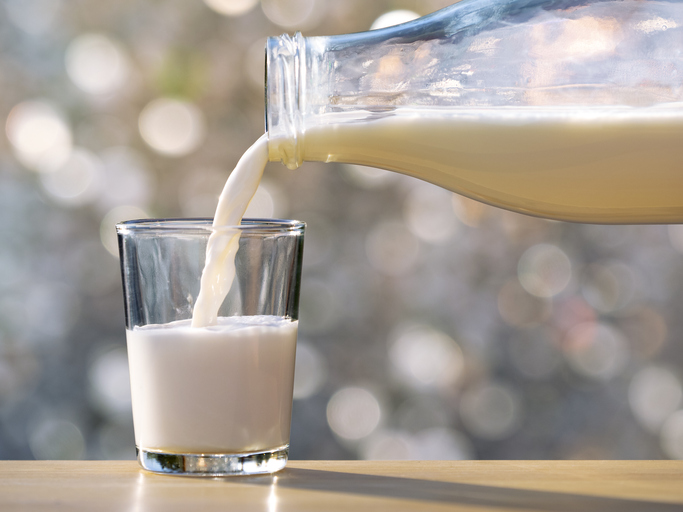
Source: Jose A. Bernat Bacete / Getty
The nutrient profiles might surprise you
One might believe that, the more fat milk has, the more nutrients it has. And while it’s true of many food products that the lower-fat items are stripped of many nutrients, that’s not necessarily true of milk. In fact, skim milk has 10 percent of your daily vitamin A needs, while two percent has nine percent, and whole milk has just five percent.
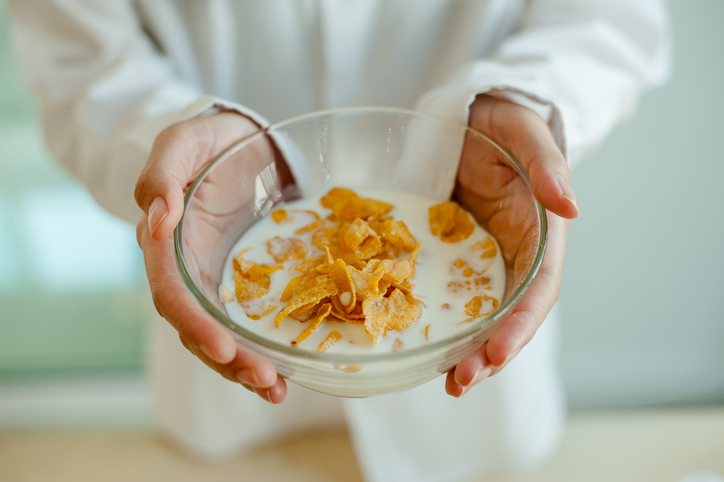
Source: Nutthaseth Vanchaichana / EyeEm / Getty
The percentage change is tiny
When we think of two percent milk versus whole milk, we may imagine that whole milk must have some enormous fat content (that’s what the percentage denotes). But whole-fat milk actually just contains 3.5 percent fat. It’s not that much more than two percent.

Source: Isabel Pavia / Getty
The calorie jump is miniscule
Love MadameNoire? Get more! Join the MadameNoire Newsletter
We care about your data. See our privacy policy.
The calorie difference between a cup of whole milk versus two percent is barely significant, either. A cup of whole milk has about 146 calories while a cup of two percent has around 122 calories. You do see a significant calorie cut when drinking skim milk, though, which has just around 86 calories per cup.

Source: Aleksandr Zubkov / Getty
They’re all a good source of calcium
Don’t worry that you’re skipping out on calcium by drinking skim milk. Whole milk has 28 percent of your daily calcium needs, while skim milk actually provides you with 31 percent. You’ll be in fine shape to meet your calcium needs if you have a few cups of either, every day.
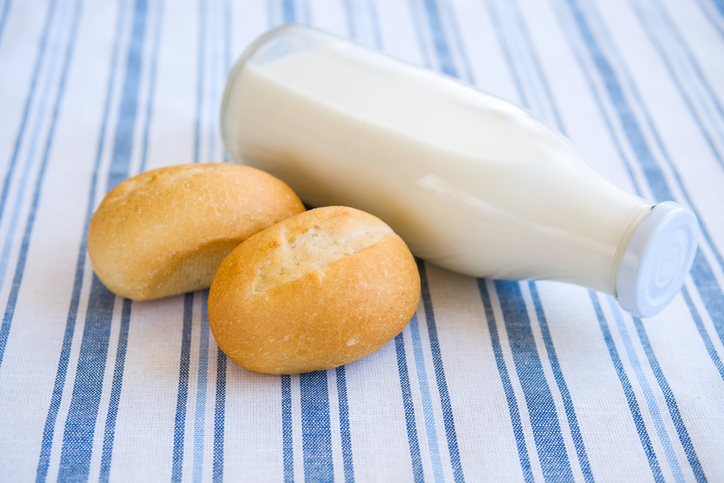
Source: Aleksandr Zubkov / Getty
All milk has the same protein
Whether you go with two percent, skim, or whole, each of these types of milk offers eight grams of protein per cup. If you are looking for meat-free ways to get more protein in your diet, the good news is you can stick to your preferred type of milk.
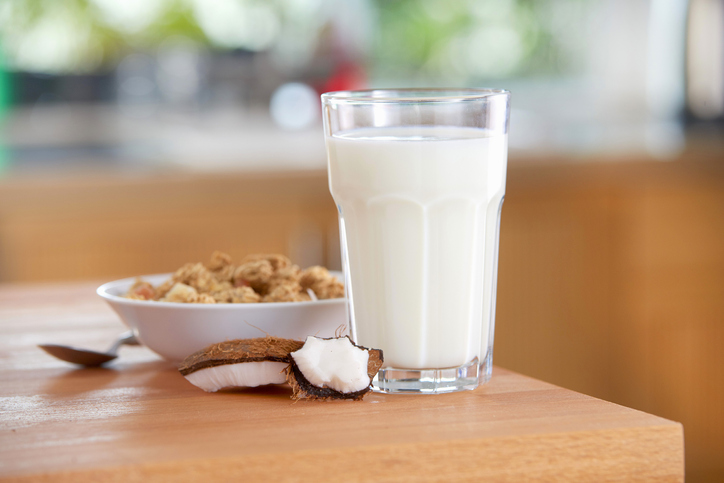
Source: “””Jackson, Richard””” / Getty
Lactose-free milk is still nutritious
The main difference between regular milk and lactose-free milk is that the natural sugar found in milk, called lactose, is broken down. But lactose-free milk is still high in protein, calcium, and several vitamins.
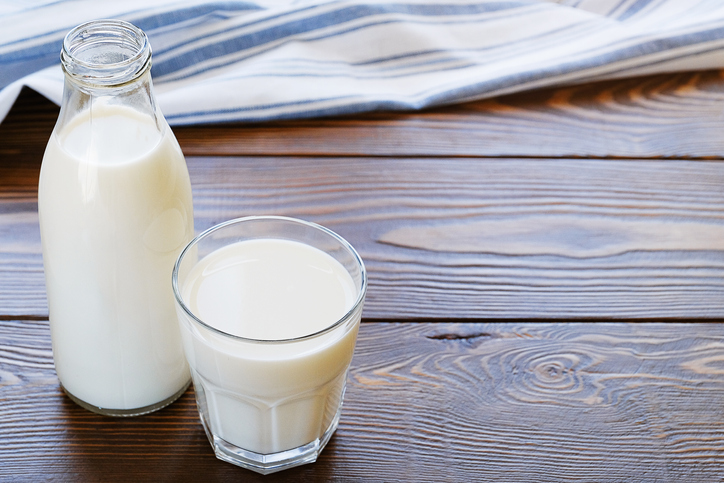
Source: Aleksandr Zubkov / Getty
Why is organic better?
Typically, when we talk about choosing organic versus non-organic foods, we’re just trying to avoid harmful pesticides and save the planet. But organic milk is actually better for your body. Because organic milk comes from cows fed more grass, it has a better omega-3 to omega-6 ratio, which is important for heart health.

Source: Towfiqu Photography / Getty
If you can’t go organic…
If you can’t afford to buy organic milk every time, at least go with whole milk. Whole milk has a better fatty acid profile than two percent or skim milk, so you still do your heart a favor by drinking the stuff.
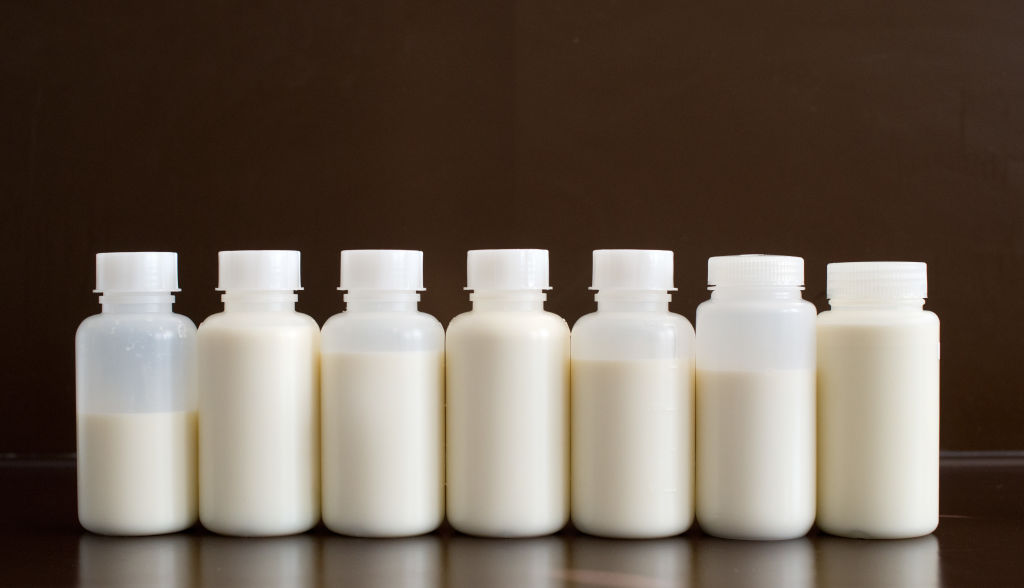
Source: picture alliance / Getty
What about raw milk
There’s a lot to know about raw milk but it boils down to, well, boiling. Raw milk has not been pasteurized, meaning it hasn’t been heated up to kill off bacteria. For years, humans drank milk raw because pasteurization was not yet invented. Advocates of the stuff will tell you that raw milk contains more nutrients than pasteurized milk. Unfortunately, there’s no research that entirely confirms this. The only possible perk of raw milk is that it seems to reduce the chances of asthma and milk allergies in children significantly.
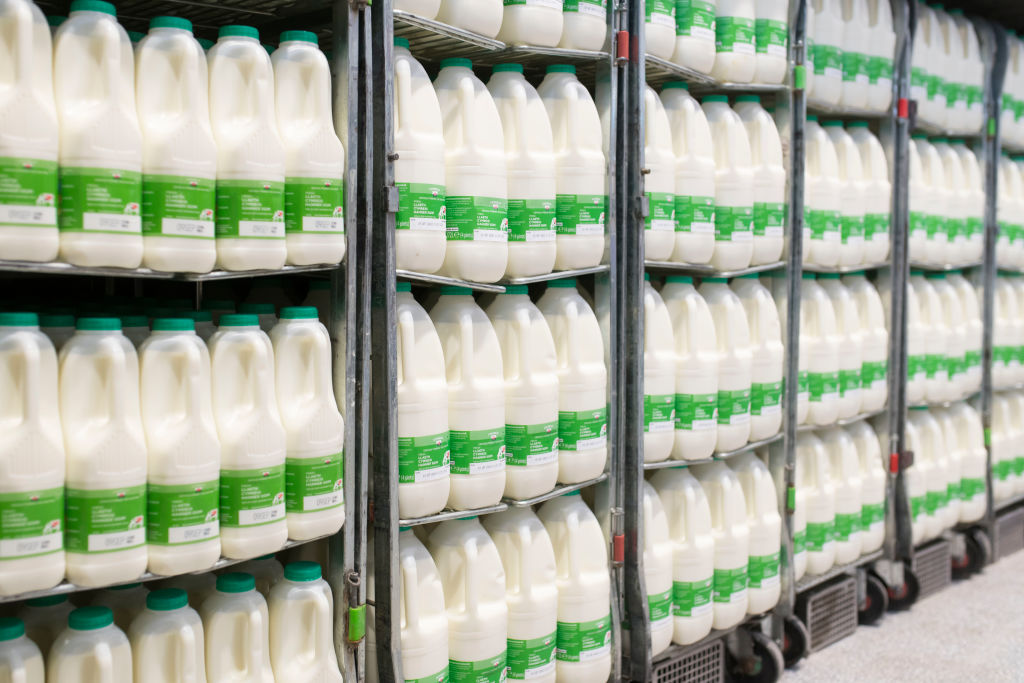
Source: Matthew Horwood / Getty
Ultimately, pasteurized milk is safer
If you’re an adult and past the point of developing (or not developing) asthma and a milk allergy, then the benefits of raw milk do not outweigh the risks. Raw milk can contribute to serious food-borne illnesses, and with pasteurized milk so widely available, there’s just no reason to drink the raw stuff.

Source: mikroman6 / Getty
Lactose-intolerant people can have some cheese
Naturally, this depends on the level of the intolerance and everyone should sample small amounts of cheese to test their tolerance. That being said, aged cheese like Gouda, Parmesan, Cheddar, and Swiss have less lactose than fresher cheeses and may be tolerated by the lactose-intolerant.

Source: MmeEmil / Getty
Cream cheese is lacking
When talking about calcium-rich dairy products, don’t consider cream cheese. Unfortunately, you don’t get nutrient points for adding this to your bagel each day, as the calcium content in cream cheese is nearly non-existent. Two tablespoons (about as much as you likely put on a bagel) only provides 18 milligrams. Bearing in mind the daily-recommended intake for calcium is between 1200 and 1500 milligrams a day, this is nearly nothing.

Source: Ozgur Coskun / Getty
Why yogurts contain probiotics
Yogurt is a fermented food, and as such it contains live cultures that can strengthen the digestive tract. Some may argue that only yogurts boasting “added probiotics” count as probiotic yogurt. But many will argue that so long as the ingredient label lists Lactobacillus bulgaricus and Streptococcus thermophiles, the yogurt meets the minimum requirement to be a probiotic food.
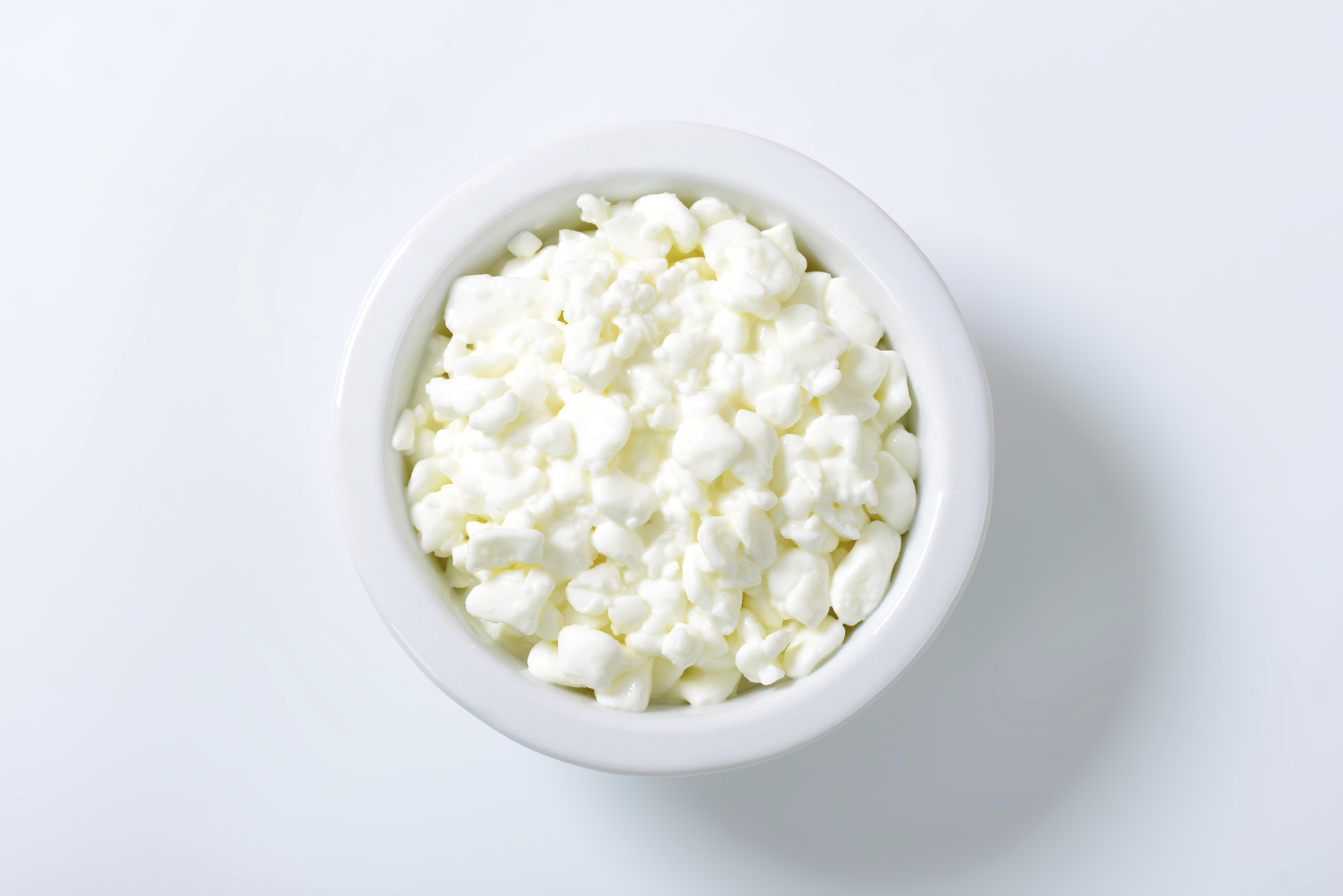
Source: Getty
Some cheeses contain probiotics
Great news cheese lovers! Some cheeses contain probiotics, too. There are a few cheeses in which the good bacteria survive the aging process. These include Gouda, mozzarella, cheddar, and cottage cheese.

Source: fitri iskandar zakariah / Getty
If it comes from a mammal, it’s dairy
Those who can’t tolerate cow’s milk may turn to alternative milk like goat or sheep milk. But, so long as the milk comes from a mammal, it is still dairy. That being said, the closer a milk is in composition to human milk, the less likely a person is to develop an allergic reaction. Goat’s milk is slightly closer to human milk than cow’s milk.







